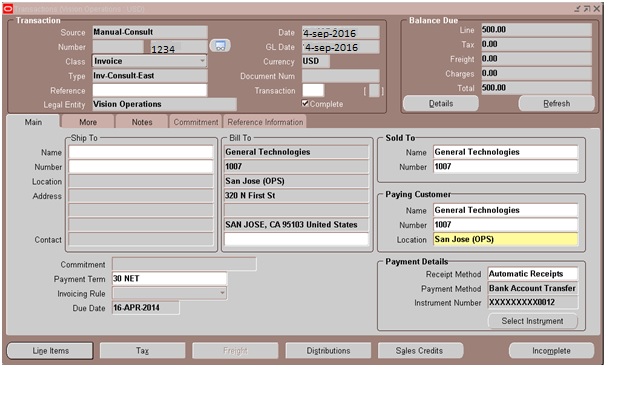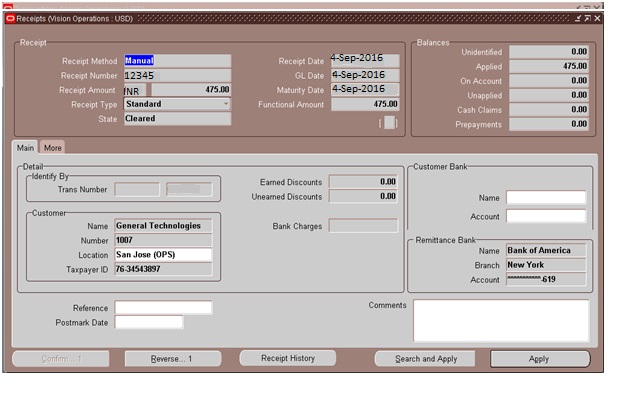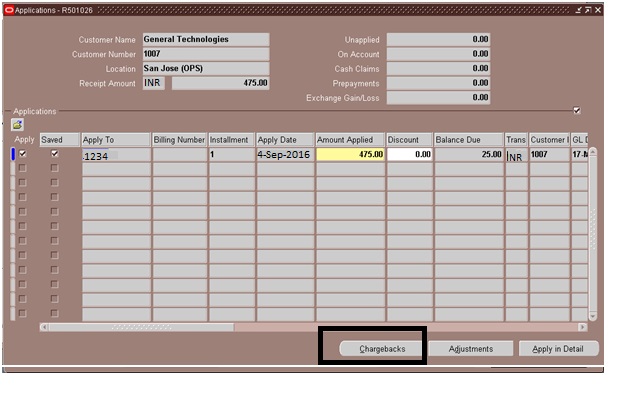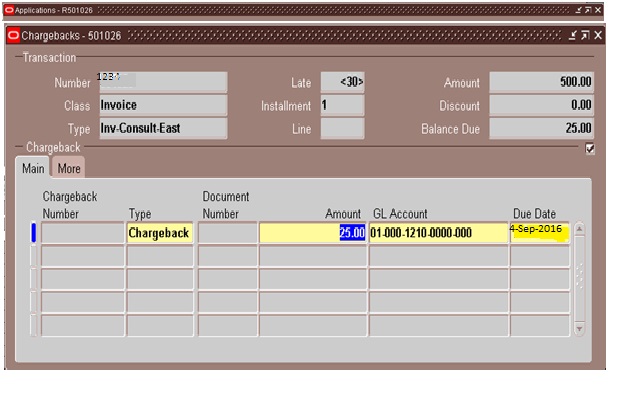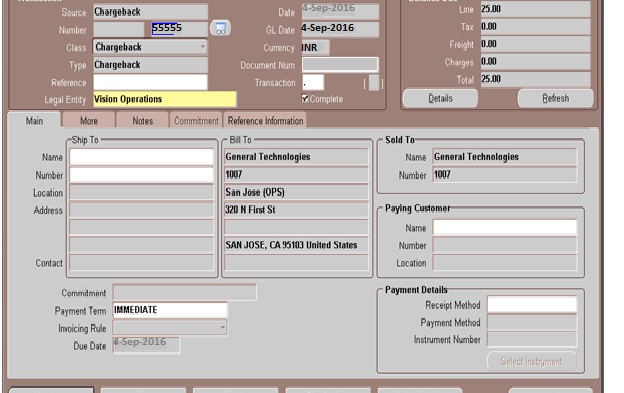Important Queries for oracle receivable, Payables
Below are the few important queries which are used in oracle
Important Queries
1.Below query will fetch all the responsibilities attached to a user
Select fu.user_name,
fr.responsibility_name,
furg.START_DATE, furg.END_DATE
from fnd_user_resp_groups_direct furg, fnd_user fu, fnd_responsibility_tl fr
where fu.user_name = :user_name
and furg.user_id = fu.user_id
and furg.responsibility_id = fr.responsibility_id
and fr.language = userenv('LANG')
2.Query to find all the users which get updated in last one month
select vs.name,a.*
from(
SELECT
fuser.description
,fuser.USER_NAME USER_NAME
, fuser.employee_id
,fuser.start_date
,fuser.end_date
,papf.full_name
--,frt.RESPONSIBILITY_ID RESPONSIBILITY_ID
--,frt.RESPONSIBILITY_NAME RESPONSIBILITY
,fuser.creation_date creation_date
,fuser.last_update_date last_updated
,(select count(1) from FND_USER_RESP_GROUPS furg, FND_RESPONSIBILITY_TL frt where frt.RESPONSIBILITY_ID = furg.RESPONSIBILITY_ID and fuser.USER_ID = furg.USER_ID AND frt.LANGUAGE = 'US') resp_count
,(select count(1) from wf_user_role_assignments_v furg, FND_RESPONSIBILITY_TL frt where 'FND_RESP'||frt.application_id||':'||frt.RESPONSIBILITY_ID = furg.ROLE_name AND frt.LANGUAGE = 'US' and fuser.USER_name = furg.USER_name and furg.creation_date>=sysdate-30) resp_added_in_last_month_count
FROM
FND_USER fuser
--, FND_USER_RESP_GROUPS furg
--, FND_RESPONSIBILITY_TL frt
, (select full_name,person_id from per_all_people_f papf1 where sysdate between papf1.effective_start_date and papf1.effective_end_date) papf
--,wf_user_role_assignments_v wura
WHERE
1=1
--and wura.user_name=fuser.user_name
--fuser.USER_ID = furg.USER_ID
--AND frt.RESPONSIBILITY_ID = furg.RESPONSIBILITY_ID
--AND frt.LANGUAGE = 'US'
--and fuser.last_update_date>=sysdate-30
and fuser.last_update_date>=sysdate-30
and papf.person_id = fuser.employee_id(+)
-- AND frt.LANGUAGE = 'US'
) a, v$database vs
where a.resp_added_in_last_month_count <> 0 or a.end_date is not null
order by a.user_name
3.Query to find the count( number of ) invoices created between particular date and time
select trunc(creation_date) start_date,
to_char(creation_date, 'hh24:mm') START_TIME,
count(*) total,
sum(case when nvl(attribute15,'PAPER') = 'EDI' and trx_number not like '%CR' then 1 else 0 end) EDI_INVOICES,
sum(case when nvl(attribute15,'PAPER') = 'PAPER' and trx_number not like '%CR' then 1 else 0 end) PAPER_INVOICES,
sum(case when trx_number like '%CR' then 1 else 0 end) CREDIT_MEMO
from ra_customer_trx_all
where creation_date between to_date('2016-05-01 00:00:00','YYYY-MM-DD HH24:MI:SS') and to_date('2016-05-02 23:59:59','YYYY-MM-DD HH24:MI:SS')
group by creation_date,to_char(creation_date, 'hh24:mm:ss')
order by start_time




